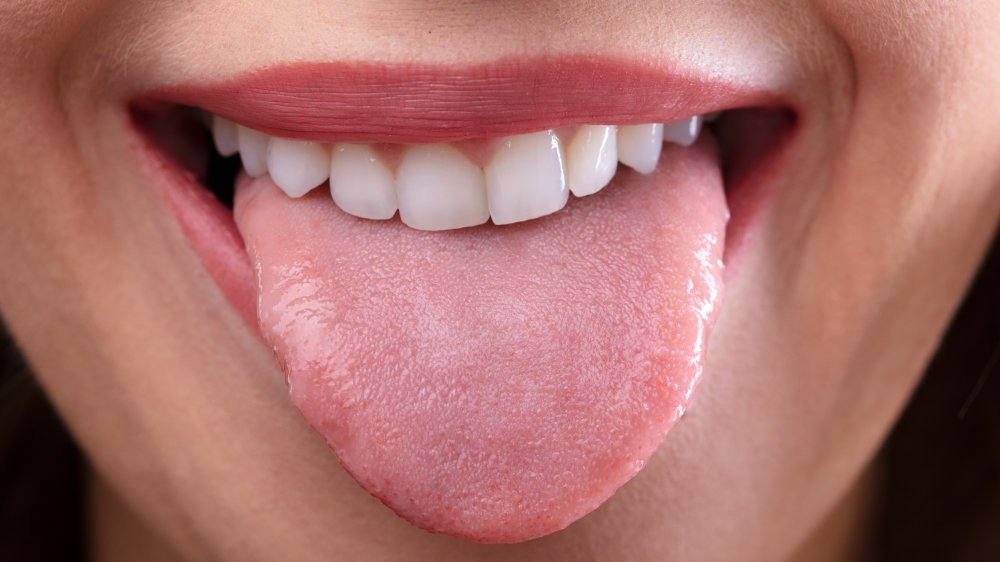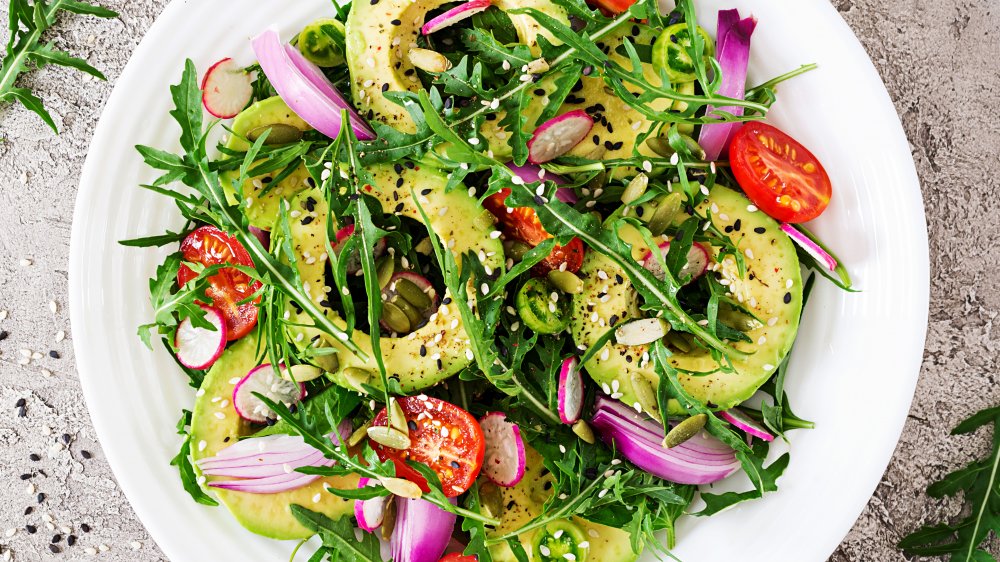The Truth About Supertasters
Everyone grew up with a friend or family member who was exceptionally picky when it came to eating. Most of them grew out of it when they got older, but some maintained those very selective palates into adulthood. Before you judge your adult friends' more restricted diets, know that there might be a real reason they are more choosy eaters than others that has nothing to do with allergies or intolerances.
According to Healthline, supertasters are a real thing! Supertasters are people who naturally have more taste buds on their tongues and therefore taste foods stronger than the average person does. Scientists have found most supertasters carry the gene TAS2R38, which makes them extra sensitive to bitter flavors. Supertasters may also have more taste buds on their tongues than other people.
There is also such a thing as a non-taster, who is a person with fewer taste buds than average. Non-tasters find food to be less flavorful and stimulating than average tasters and supertasters. Average (or medium) tasters make up about half of the population, with supertasters and non-tasters being about a quarter of the population each.
Try this easy test to see if you are a supertaster or just picky
National Geographic states that there are other reasons beyond supertasting that people could turn their nose up at a plate full of color and flavor. Taste is very intertwined with all our other senses, and if you restrict any one of these you will find food tastes blander. Smell is the most important other sense, with the outlet asserting that, according to one estimate, 80 percent of flavor comes from retronasal smell. This is the scent that enters the nasal passage from inside the mouth as you eat. Another big factor in many people's eating preferences is texture. A lot of people claim to not like foods such as mushrooms or olives, but what they really dislike is the consistency or texture. Studies have also shown that crunchy potato chips and crisp apples are more desirable than squishy or soft ones.
If you know a super picky eater, Scientific American has a simple at home test you can do to see if they might be a supertaster. To perform this test, you will need five participants, paper hole reinforcers, blue food coloring, glasses of water, a magnifying glass, and a flashlight. Anyone who has over 30 fungiform papillae, which are the bumps on your tongue that taste buds are located on, are considered supertasters. Since supertasting is influenced by the presence of the TAS2R38 gene, if you do this test with family members you will likely have more similar results than if you do it with people you are not related to.

